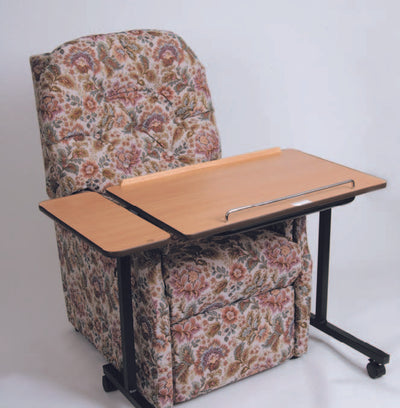Around 1 in 1000 people in the UK will develop Thrombosis (Deep Vein Thrombosis or DVT) every year. It can be painful but it can also, unfortunately, be fatal.
So, what are the signs of DVT and how can you avoid becoming at risk of developing a serious, life-threatening thrombosis?
What is Deep Vein Thrombosis (DVT)?
DVT is a blood clot (or thrombus) that occurs in the veins, most commonly in the legs or the arms.
When blood flow through the deep vein is partially or completely blocked, often due to immobility, a blood clot (or thrombus) can form, reduce or even stop the blood flow and begin to cause potential problems.
How to recognise a deep vein thrombosis (DVT)
Since most DVTs occur in the lower leg the most common symptoms to look out for are:
- Pain or tenderness or swelling around the calf
- A discolouration of the calf area
- A ‘hot’ area around the calf. The blood that usually flows through the deep vein is diverted to the outer veins, closer to the skin, and causes a temperature rise.
How do I prevent deep vein thrombosis (DVT)?
Eliminate the risk of developing a DVT by:
- Keeping active - Being sedentary for long periods of time is a risk factor for DVT, so increase your cardiovascular exercise by walking, jogging, cycling or swimming. If you sit for long periods of time at work, for example, try to get up every 15-20 minutes for a short walk around the office or if that’s not possible wiggle your toes and move your feet and legs around under the desk as often as you can
- Maintaining a healthy weight - if you’e obese, lose weight. The risk of DVT is much greater if you are overweight or obese.Any excess weight makes it more difficult to circulate blood around the body, particularly back to the heart from the feet and legs, thus making clotting more likely.
- Quiting Smoking - The risk of DVT is also greater if you are a chronic cigarette smoker. Smoking thickens the blood and makes it easier for clots to get stuck and cause serious problems. Smoking is a significant factor in the majority of DVT sufferers across the world.
- Wearing compression socks - if you’re travelling or need to sit in one position for a prolonged period of time. Compression stockings work by applying pressure from outside the veins. This helps squeeze the blood in the veins back up the legs. This then makes the pressure inside the veins less. In turn this prevents leakage of blood into the surrounding tissues.
If you are concerned or are experiencing any of the symptoms listed above please seek urgent medical help.
Need more help with buying the right compression socks or stockings? We're always here to help so get in touch today.
For all your Medical and Homecare supplies give us a call at Mediworld.
We have over 40 years experience in medical, surgical, mobility and home health supplies and we're always on hand to chat if you need support or advice. Follow us on Twitter and Facebook and don't forget to read our other great health blogs!
September 2022





































